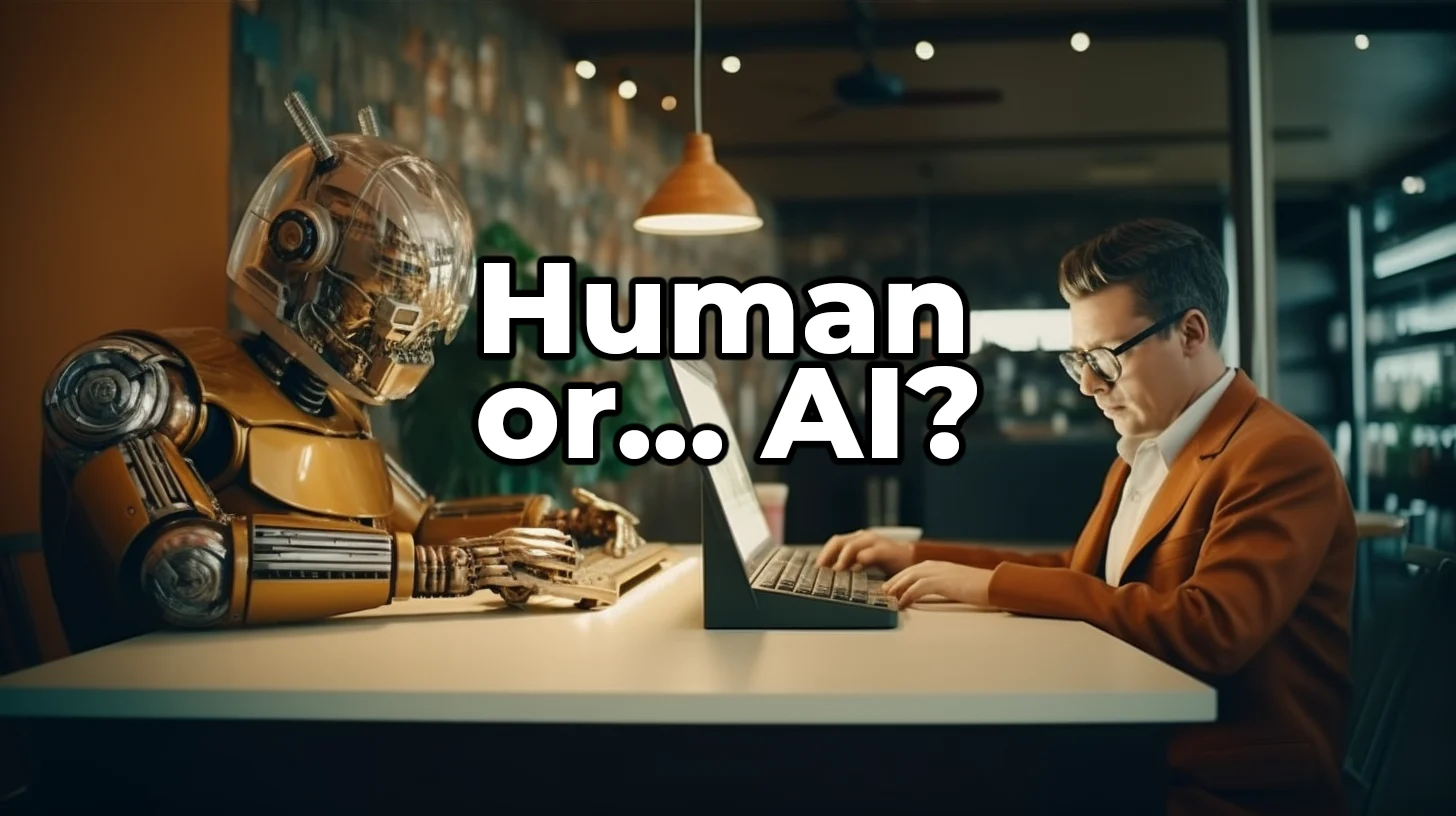Artificial intelligence is reshaping how we interact with content, but can you always tell if an article is crafted by a machine or a person? The line is thinner than ever, and many readers struggle to identify the differences. Let’s explore some key signs and tips to separate the two.
Key Points
- Artificial intelligence often repeats phrases or overuses specific words.
- Human writers include emotional nuances and cultural references.
- Patterns in sentence structure can reveal artificial input.
- Artificial intelligence struggles with humor and subtlety.
- Using an AI checker can help verify content origins.
- Complex, unbalanced arguments often indicate human creativity.
- Artificial systems excel at delivering data-rich but emotionless text.
The Rise of Artificial Content: What You Should Know

Artificial intelligence-generated content is everywhere—blogs, ads, news articles, and even social media posts. Many platforms rely on advanced systems to produce fast, scalable text. The results are often polished but can lack a unique voice.
Human writers focus on intent, inflection, and personality, which adds authenticity. Machines, however, follow data patterns and predefined instructions, producing clean but sometimes robotic results. According to a study by OpenAI, readers identified AI-driven writing as less relatable in 67% of cases, though well-structured text often misled them.
Tools to Spot Artificial Content: The Role of AI Checker
Content verification has become easier with AI checker. These systems analyze patterns, predict word probabilities, and assess overall coherence to detect machine-generated text.
For example, AI checker can identify overly repetitive structures or phrases that feel unnatural. It also recognizes uniform tone shifts, which are common in artificial intelligence outputs. Using tools like this allows readers and editors to scrutinize content for authenticity with better accuracy.
Human Nuance vs Machine Logic

Emotion and Context
Human writers can adapt to specific cultural or emotional contexts, incorporating subtle humor or deeply personal anecdotes. Artificial intelligence lacks lived experience and often produces generic content without emotional layers.
Creativity in Argument
Machines are logical by design and follow predetermined patterns. Humans thrive on creative tangents, often weaving complex but relatable arguments that showcase individual thinking.
Unpredictable Word Choices
Machines rely on probability-driven word suggestions, often leading to safe but predictable language. Humans take risks with expressions, metaphors, or idioms, adding flair to their work.
A Quick Test: Can You Spot the Difference?

Let’s examine two samples:
- “The importance of communication cannot be overstated. It builds trust and fosters understanding.”
- “Talking builds trust; a glance can speak volumes. Communication is raw, messy, and beautiful.”
The first sentence sounds smooth but detached, likely written by artificial intelligence. The second sentence is rich with emotion and imagery, a hallmark of human expression.
Common Patterns in Artificial Text
Artificial writing systems follow specific traits. Spotting them gets easier with practice:
- Sentence Length
Uniformity in sentence length often signals machine-generated text. Human writers naturally vary structure for rhythm and flow. - Repetition
Artificial systems repeat keywords or phrases excessively, creating unnatural emphasis. - Overuse of Clichés
Machines default to clichés when creativity is required, avoiding riskier, unique ideas.
Can Machines Mimic Human Humor?

Humor reveals a significant gap between humans and machines. Artificial systems fail at complex humor, satire, or nuanced irony. According to a 2023 report by MIT, humor in machine-written text is rated as “awkward or ineffective” 72% of the time.
Artificial intelligence excels at delivering factual, concise text but falls short when readers expect wit or emotion.
Steps to Evaluate Content for Authenticity
Want to separate artificial intelligence writing from a human’s touch? Follow these steps:
- Look for Personality
Does the article show individuality, opinion, or quirks? Machines often write neutral, sanitized text. - Use AI Checker Tools
Upload suspicious content into an AI checker for analysis. Look for alerts about predictability and repetitive language. - Analyze Sentence Flow
Machine-generated text feels formulaic, while human writing has more dynamic pacing. - Watch for Errors
Machines avoid factual or grammatical mistakes, but awkward phrasing can betray artificial intelligence input. - Assess Depth
Humans often take unique angles, offering layered arguments. Machines keep things surface-level.
The Future of Artificial Intelligence in Writing

As systems improve, spotting the difference will get harder. Artificial intelligence tools are becoming better at imitating conversational tones, adapting to cultural contexts, and even experimenting with creativity. However, the human touch—empathy, intuition, and originality—will always stand out.
According to a report by Gartner, by 2030, over 90% of all digital content will be partially machine-generated. The question then becomes less about identifying content origins and more about enhancing collaboration between artificial intelligence and human creativity.
Why It Matters
Understanding who wrote what shapes trust in information. Knowing the content source helps readers assess bias, accuracy, and reliability. Artificial intelligence-generated text might inform, but it can lack accountability and insight.
Using an AI checker ensures accountability in content creation. With critical evaluation, readers can make informed decisions and avoid misleading information.
Conclusion
Separating artificial intelligence writing from human content isn’t impossible, but it takes practice, tools, and attention to detail. Machines create polished, factual work but struggle with nuance and personality. Humans bring creativity, emotion, and depth, which artificial systems cannot replicate.
AI checker can simplify verification, providing clarity in an era where machine-driven content dominates. The next time you read an article, ask yourself—does it feel personal, inspired, and unique? If not, you might have just spotted the machine.

